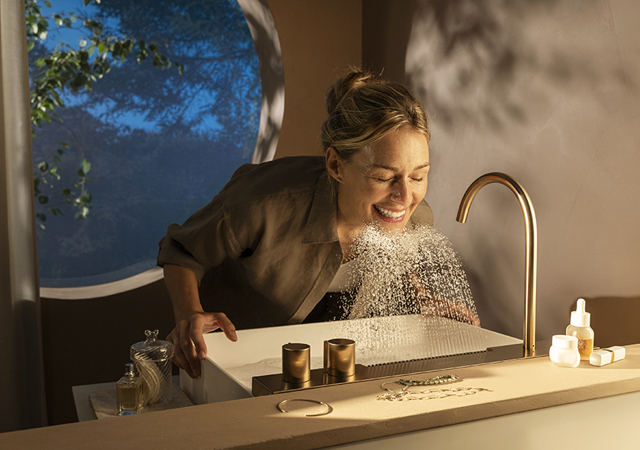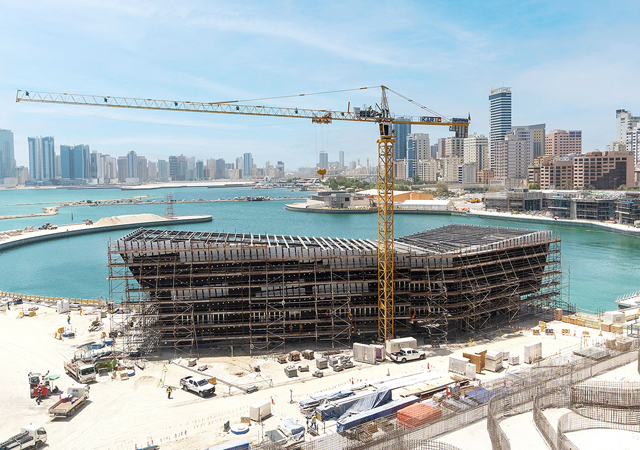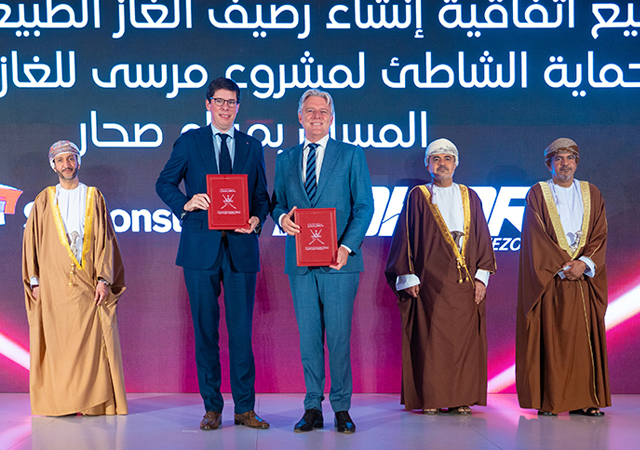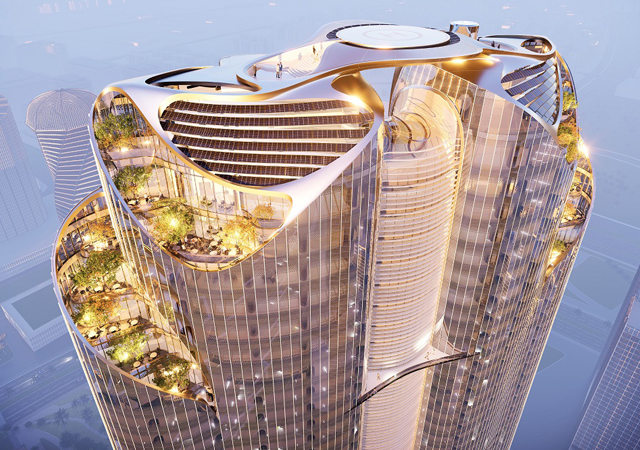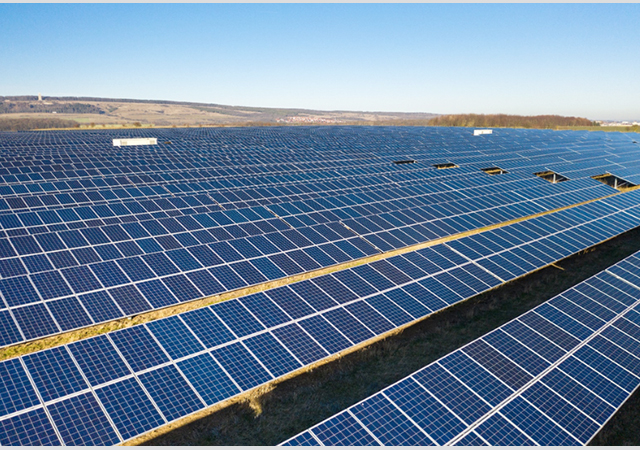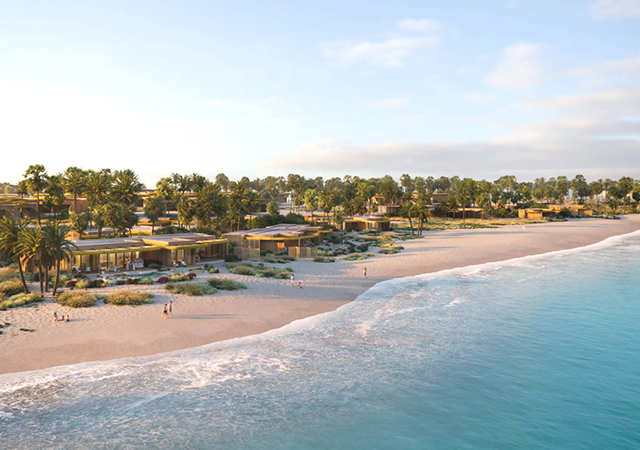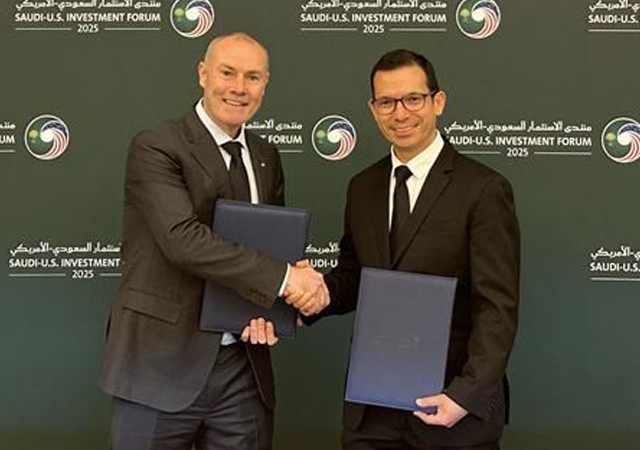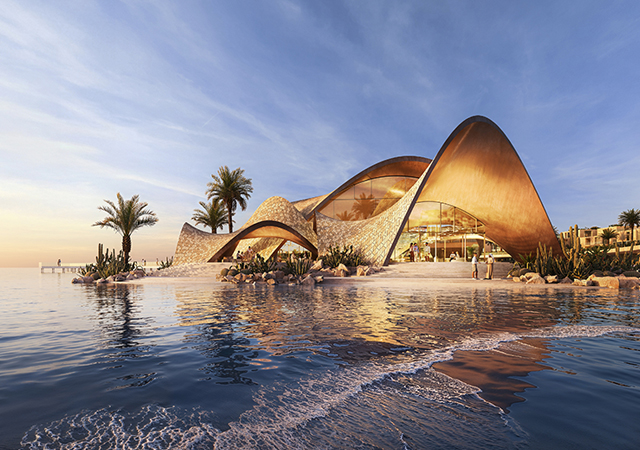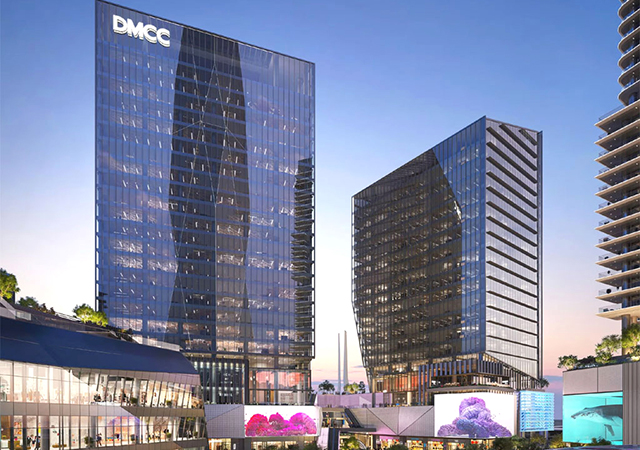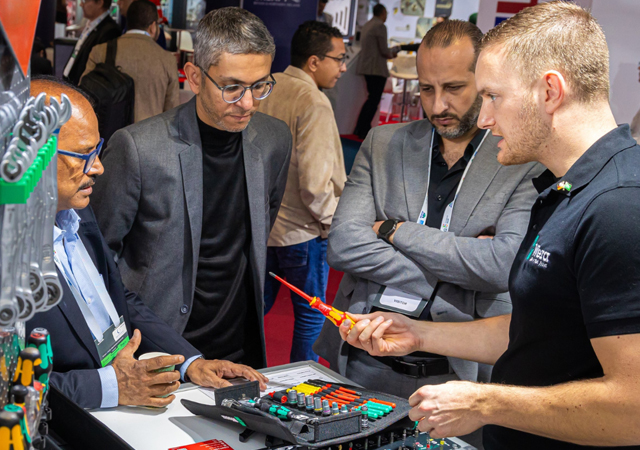

Office furniture manufacturer Steelcase Inc has launched in the Middle East its Leap chair, a new seating technology that is said to address the problems of back pain and reduced worker productivity. Said to be the first of its kind, it is described as a unique ergonomically designed chair aimed at providing comfort in the working environment on long working periods.
The US-based company held a series of launch seminars in Dammam, Riyadh and Jeddah in co-ordination with Riyadh House Establishment, its Saudi partners. The seminars, launched between March 31 and April 4, acted as the regional launch of the Leap chair and highlighted the new technology. The seminars gathered key members from Riyadh House Establishment and Saudi-based A & D Architectural Consultants to showcase the importance of the new technology in addition to highlighting the extensive range of Steelcase furniture now available in the Saudi market.
'We found that many experts were looking at overall body movement, but no one had really addressed the concept of how the spine moves,' says Noe Palacios, Steelcase ergonomic specialist and seating product manager, who was present at the launch. 'The spine wants to move in ways that today's chairs don't allow.' Steelcase is the world's pre-eminent designer and manufacturer of products that create high-performance work environments.
According to the US Occupational Safety and Health Administration, back pain is a disability that currently costs employers $20 billion in workers' compensation costs annually and $60 billion in indirect costs, including lost productivity. Second only to the common cold as a cause of worker absenteeism according to the Bureau of Labour Statistics, back pain accounts for more than 40 per cent of all occupational injuries in the US that results in days away from work.
Given this data, Steelcase initiated research with ergonomists at the University of Vermont, Michigan State University and Cornell University to examine how people sit and to understand more about their needs in relation to today's work environment. Based upon four years of research, the company introduced its new Leap chair in June , 1999 at the NeoCon event in Chicago.
Based on the findings of physical therapists, biomechanical engineers and ergonomic experts, Steelcase developed the revolutionary Leap chair.
'Leap is the first chair to conform to each individual's unique spinal motion - his or her 'spineprint' - and provides independent controls for the upper and lower back, which move in different directions when a user changes positions,' says Palacios. 'Therefore, Steelcase developed a 'leap' in technology that will enable people to sit properly and move naturally while sitting, providing appropriate support to the upper and lower back at all times. Leap conforms to you and your spine instead of asking you to conform to the contours of your chair, providing a healthier way to sit.'
Ken Tameling, Steelcase product manager for Leap, says the company plans to license the technology. 'It's our view that Leap technology promises to help everyone who sits for extended periods of time - in offices, cars, on aeroplanes and in symphony halls. We're prepared to make the technology available via licence,' he says.
Palacios says Steelcase began its research effort with two studies on spinal motion and two studies on back support in conjunction with the University of Vermont using a total of 65 participants.
As researchers gathered the data, the company marshalled an internal team of ergonomists, industrial designers and product design engineers to forge design benchmarks from the study findings. Steelcase also formed an outside advisory team of four ergonomists, who provided input throughout the design and development process.
The Vermont studies were followed by further research at Michigan State University, where biomechanical engineers examined in greater detail how seated people of different statures moved in relation to different parts of a chair, such as the arm rests and back rest. Palacios said that at each stage of the development process, Leap prototypes were subjected to both internal and external validation studies. A total of 11 Leap studies were conducted with 27 scientists and 732 people, he said.
Founded in Grand Rapids, Michigan (US) in 1912, Steelcase has led the office furniture industry in sales every year since 1974. Its product portfolio includes seating, storage, furniture systems, interior architectural products, technology products and related products and services.
Fiscal 1999 worldwide net sales, including unconsolidated joint ventures, were in excess of $3 billion. Steelcase Inc and its subsidiaries and joint ventures have nearly 700 independent dealers, 49 manufacturing plants and 21,500 employees in 15 countries.




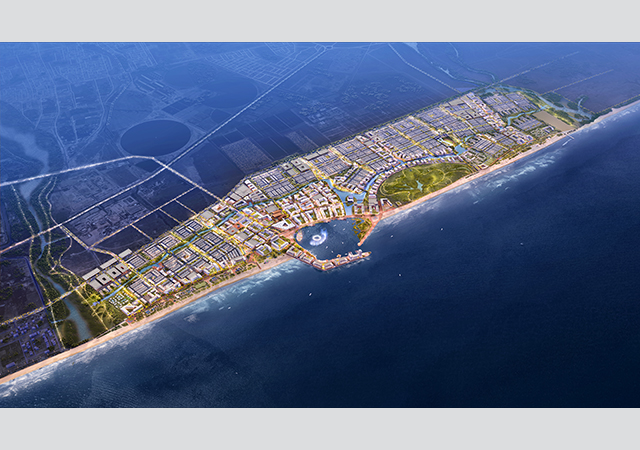
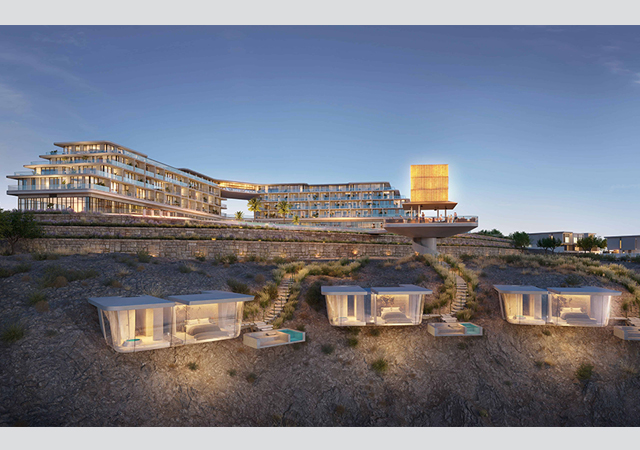
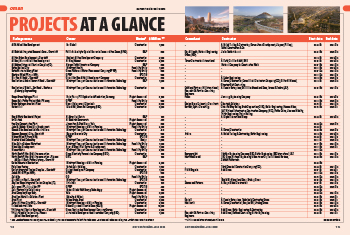

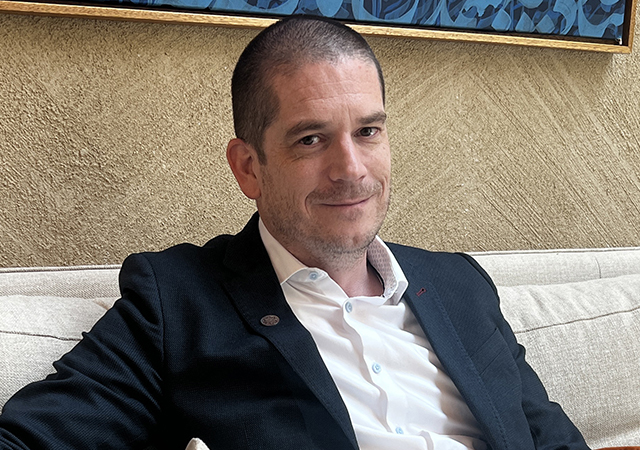
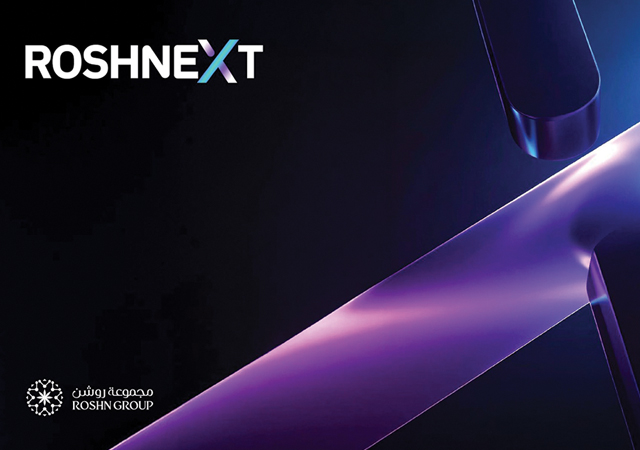
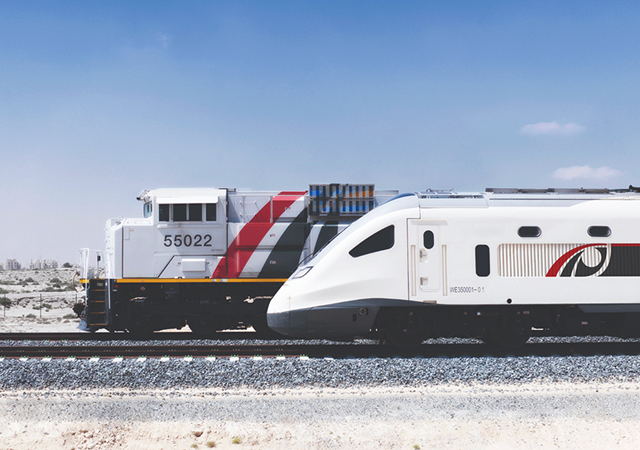
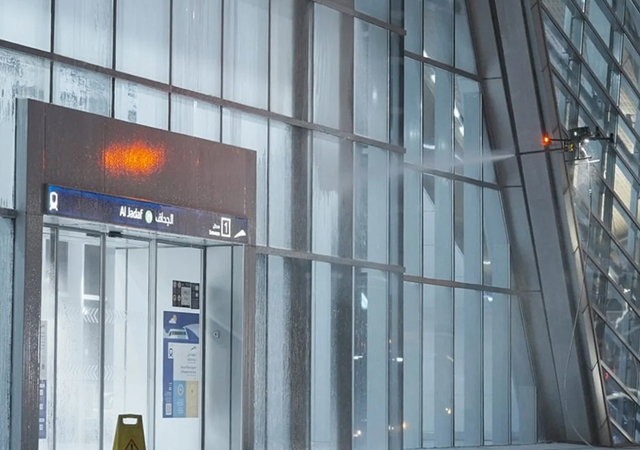
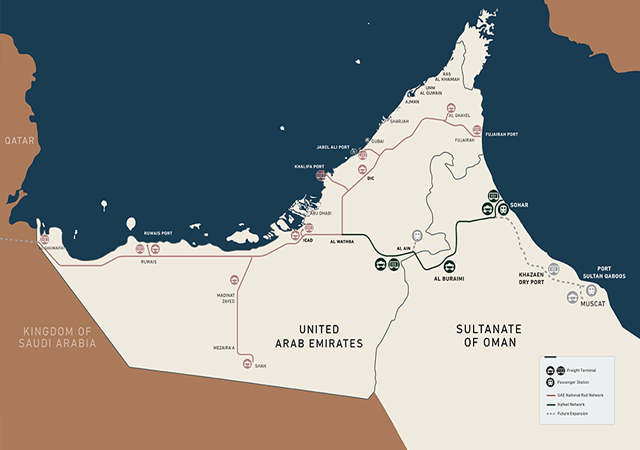
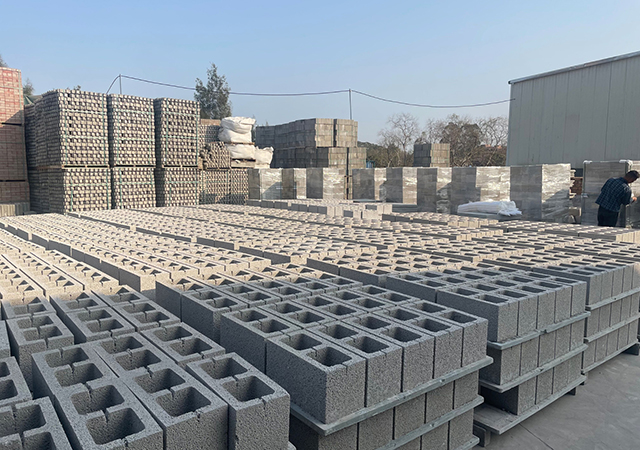
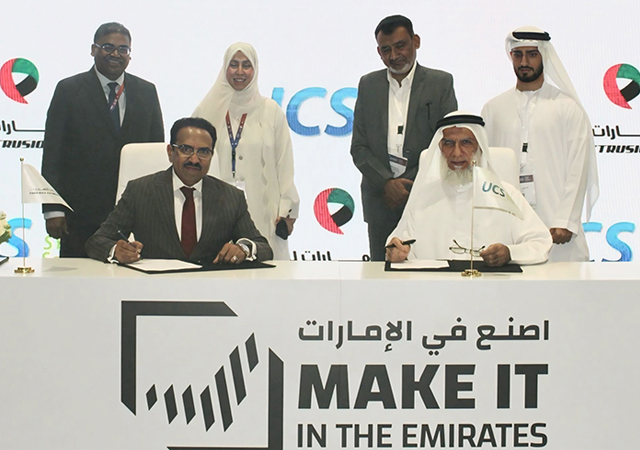
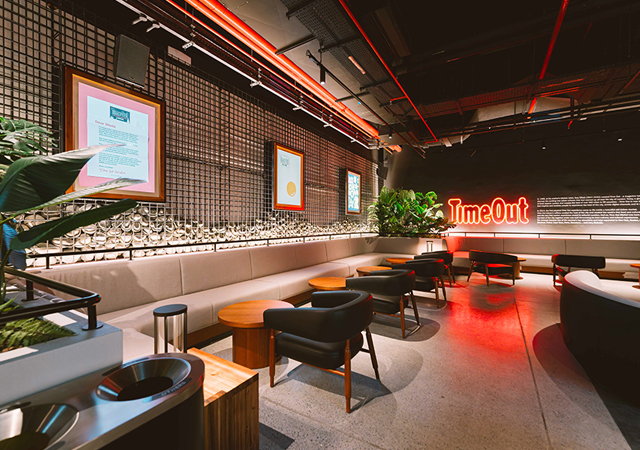
.jpg)
.jpg)
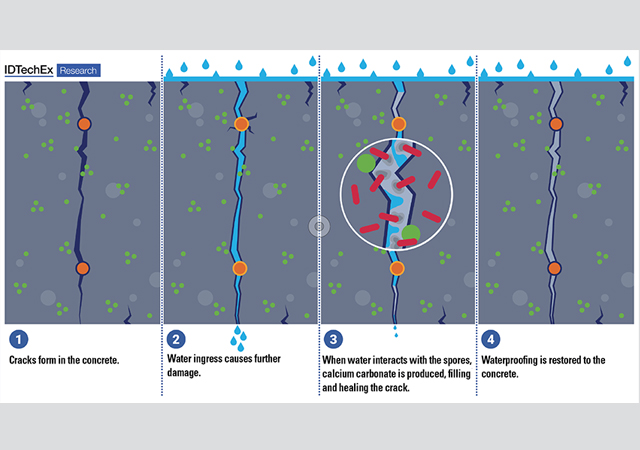
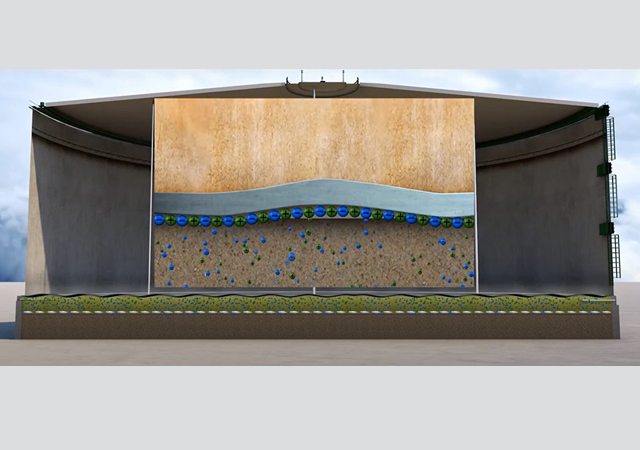
.jpg)
.jpg)
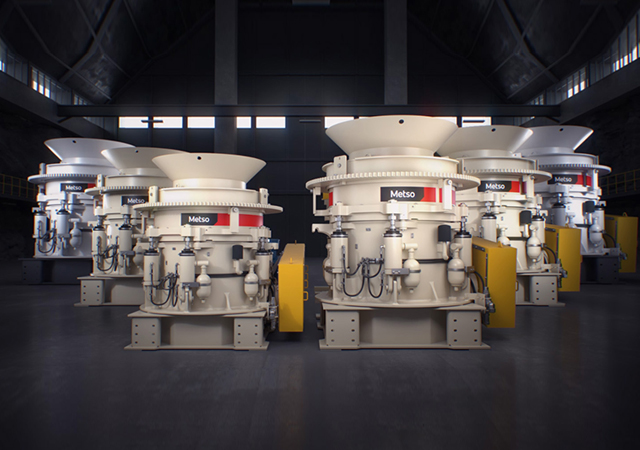
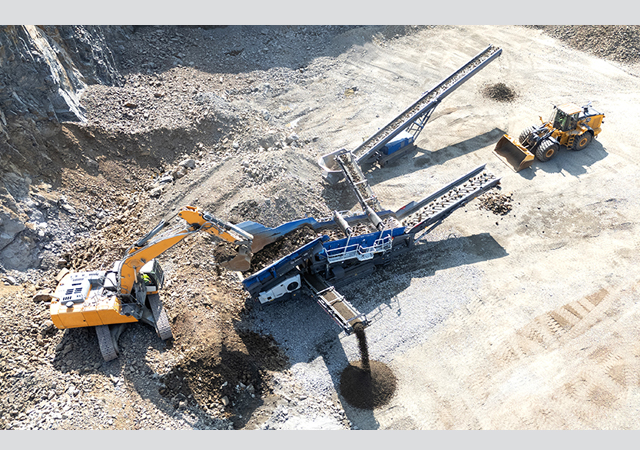
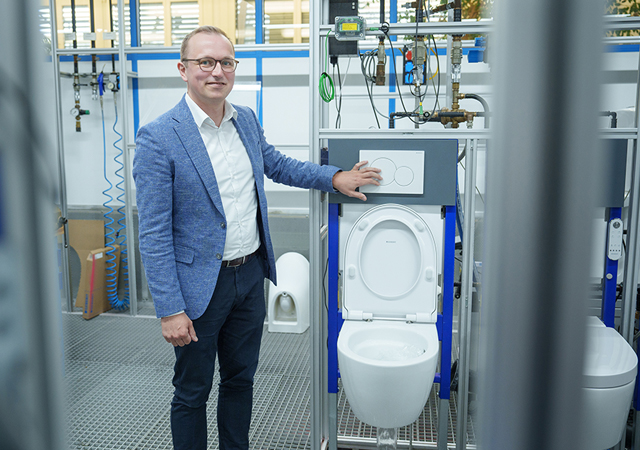
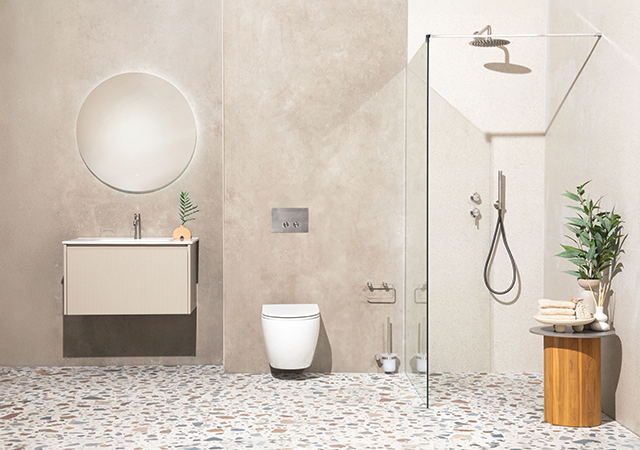
 Doka.jpg)
